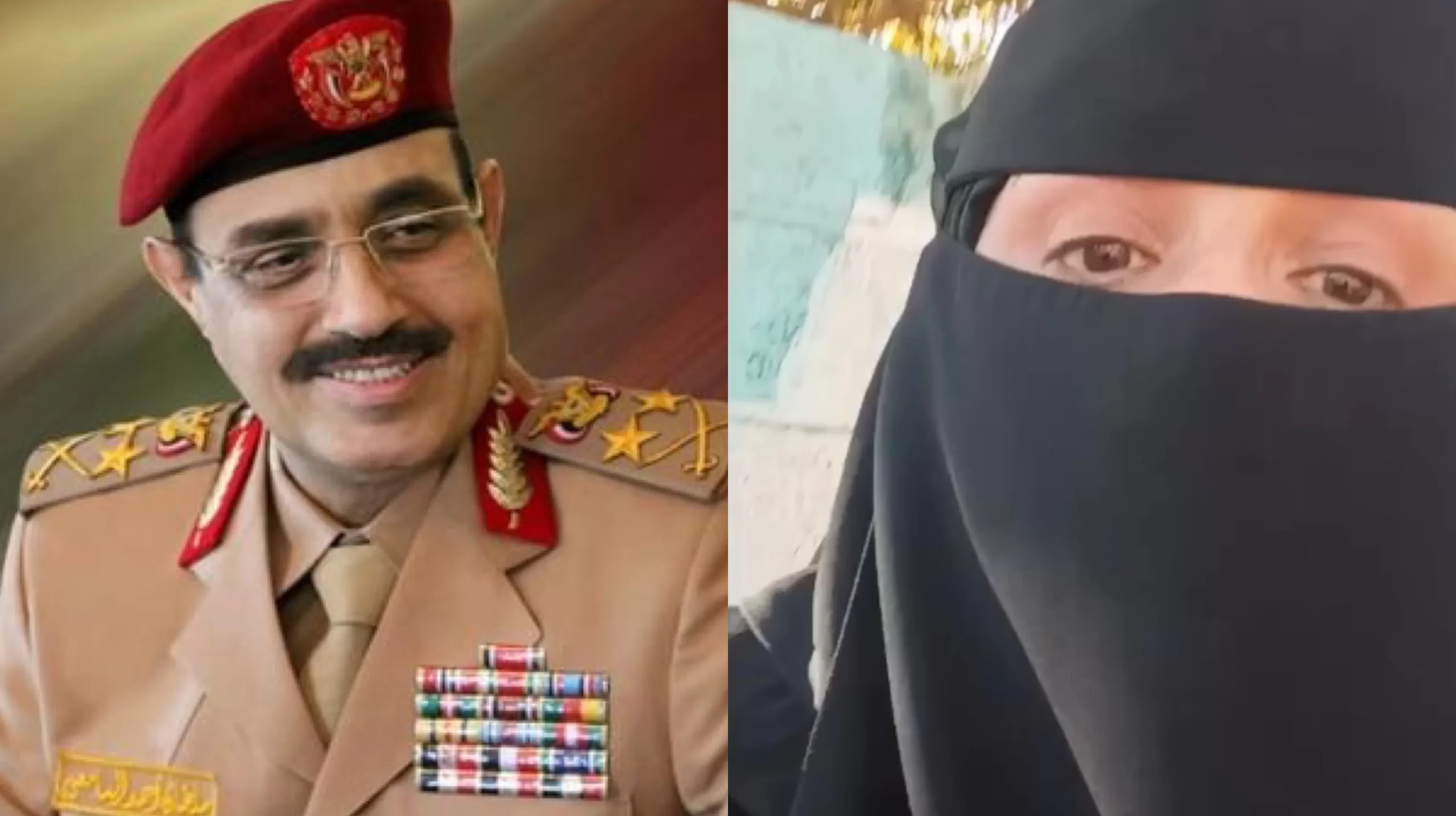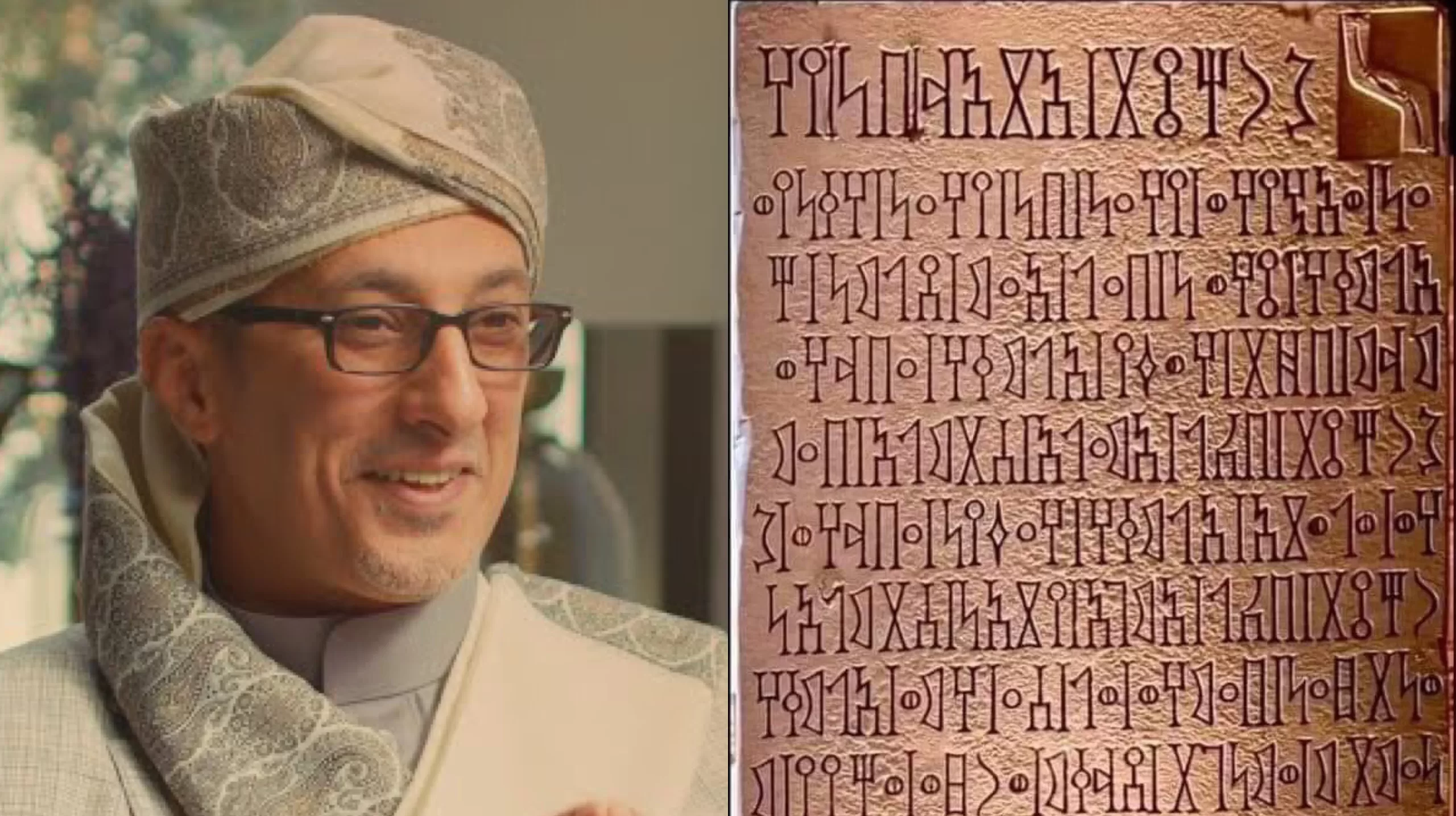رأس جرانيت من الرخام القرن السادس قبل الميلاد
تم نحت هذا الرأس البشري من قطعة واحدة من الجرانيت ، ويُفترض أنه كان ذات يوم جزءًا من كتلة أكبر بكثير. الرأس ممدود ومؤطر بكتلتين طويلتين مموجتين تدلان على شعر طويل يصل إلى مستوى الذقن. العنق عمودي.
الجانب الأمامي منه في نفس مستوى الشعر. يقف الوجه فخورًا بكليهما ، وهو أيضًا ممدود بأنف طويل وجبهة مرتبة على شكل حرف T.
العيون مستديرة الشكل ، ولها مسافة بادئة كبيرة ؛ من المحتمل أنهم حملوا ذات مرة حشوات (مصنوعة من الصدف والأحجار شبه الكريمة) لإعطاء تعبير حي بشكل مذهل عن هذا المظهر الصارم. يتم تشكيل وتقريب الخدين بمهارة ، مما يفسح المجال لشفاه مدببة وذقن مستدير بسلاسة يمتد إلى منطقة الرقبة المريحة. الأنف ، بينما يكون ممدودًا ، يكون أيضًا مستديرًا وبارزًا عند القمة ، وشبه مسطح عند الجسر.
يتم تحديد العينين بشكل أكبر من خلال تجاويف مسننة ، ومؤطرة أسفل الحاجبين المشقوقين. يمكن العثور على مزيد من التفاصيل في الطوق على ما كان يُفترض أنه حدود الشعر / القبعة (منذ فقده). ومع ذلك ، فإن النحت يتميز في الغالب بخطوط انسيابية متدفقة وناعمة تعبر بشكل مثالي عن ملامح وجه الإنسان. دور هذه القطعة غير مؤكد ، على الرغم من أنه من المعروف أن الصابئة استخدموا قطعًا تذكارية لتذكر الموتى ، وكذلك علامات خطيرة في هذا الشكل العام. ومع ذلك ، تشير الفواصل إلى الجزء العلوي والجانب والقاعدة من هذه القطعة إلى أنها كانت ذات أصل معماري ، وربما كانت بمثابة شكل من أشكال كارياتيد لهيكل من الأهمية الاجتماعية للمجتمع في ذلك الوقت. كشظية ، لم تفقد أي من تأثيرها.
Ras Granite in marble 6th century BC
This human head was carved from a single piece of granite, presumably once part of a much larger mass. The head is elongated and framed with two long, wavy blocks that indicate long hair up to the level of the chin. The neck is vertical The front side of it is at the same level as the hair. The face stands proud of both, and is also elongated with a long nose and a T-shaped tidy front. The eyes are round in shape, and have a great indentation; they probably once carried fillings (made of shells and semi-precious stones) to give a stunningly vivid expression of this strict look. The cheeks are subtly shaped and rounded, giving way to pointed lips and a smoothly rounded chin that extends to the relaxed neck area. The nose, while elongated, is also round and prominent at the top, and semi-flat at the bridge. The eyes are further defined by serrated cavities, framed below the cleft eyebrows. More details can be found in the hoop on what was supposed to be the hair/hat border (since it was lost). However, the sculpture is mostly characterized by flowing, smooth lines that perfectly express the contours of the human face. The role of this piece is uncertain, although Sabeans are known to have used commemorative pieces to remember the dead, as well as serious signs in this general form. However, the separators to the top, side, and base of this piece indicate that it was of architectural origin, and may have served as a form of caryatid for a structure of social importance to society at the time. As a fragment, it has not lost any of its influence.













